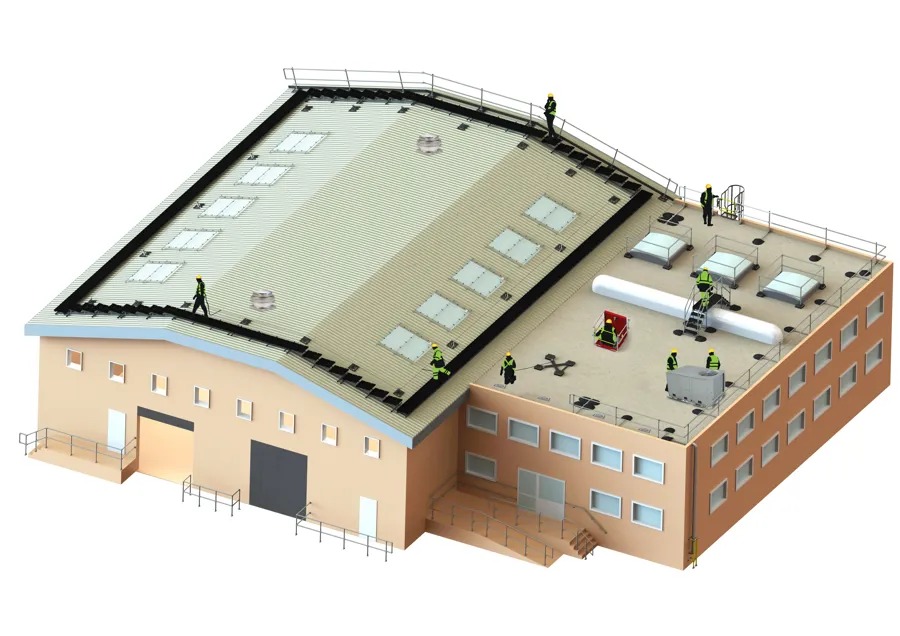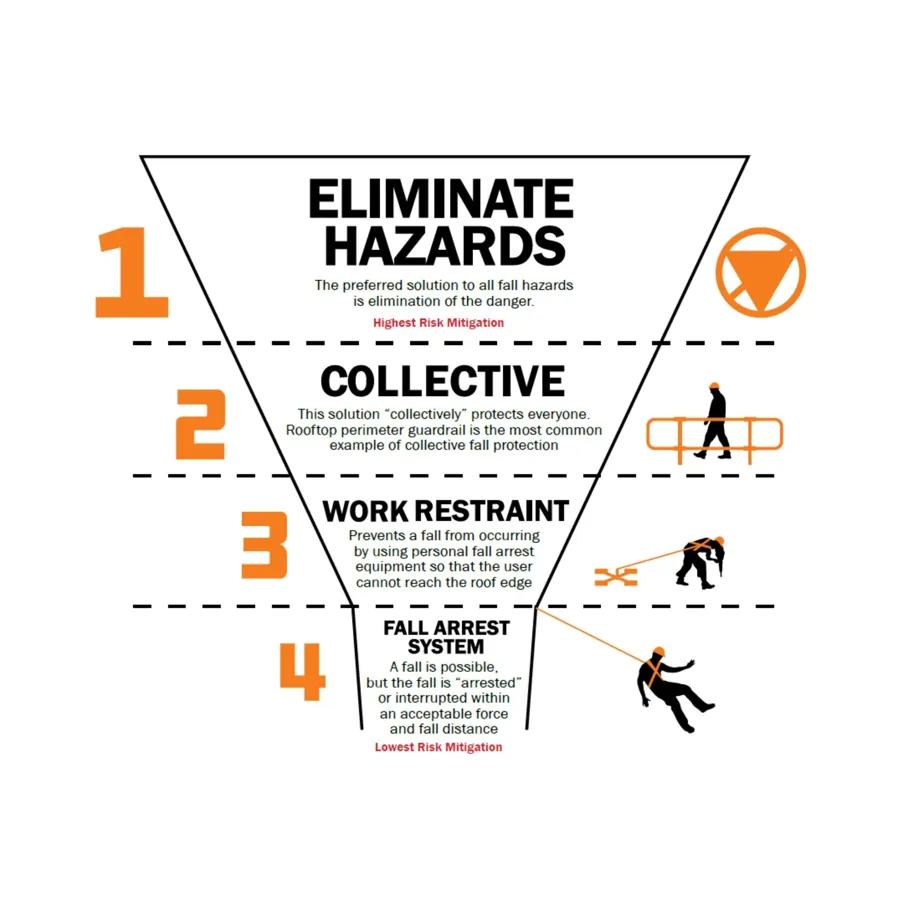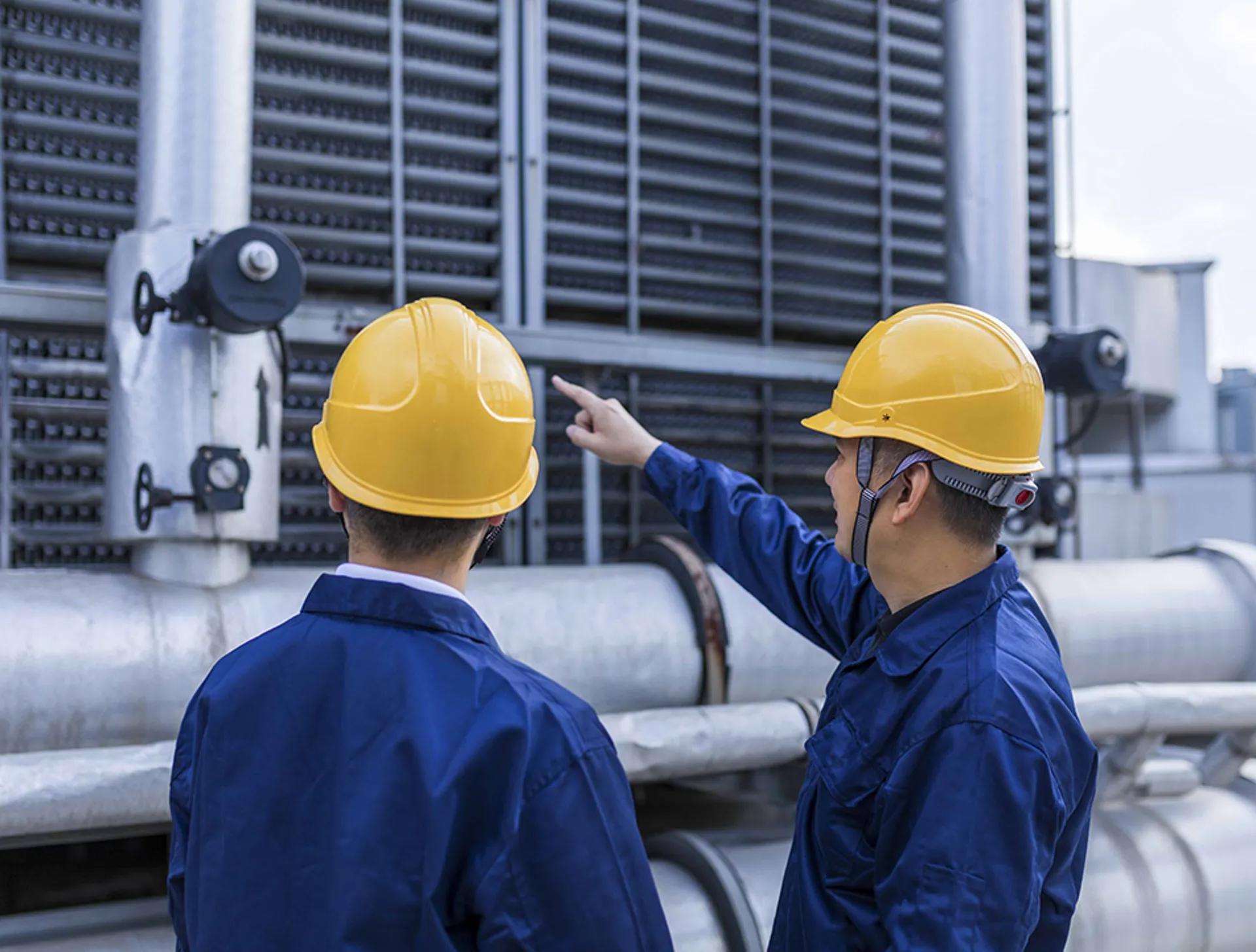
Access Better Safety
Access points are the most frequented hazard on any roof. Your workers are exposed to this risk twice every time they enter and exit a roof to perform tasks. UK, EU and OSHA regulations require ladders and roof hatches to be equipped with self-closing safety gates and safety compliant guardrails to reduce the risk of someone falling as they step onto or off a roof. We’ll work closely with you to complete a fall protection site survey so you can ensure everyone is as safe as possible.






